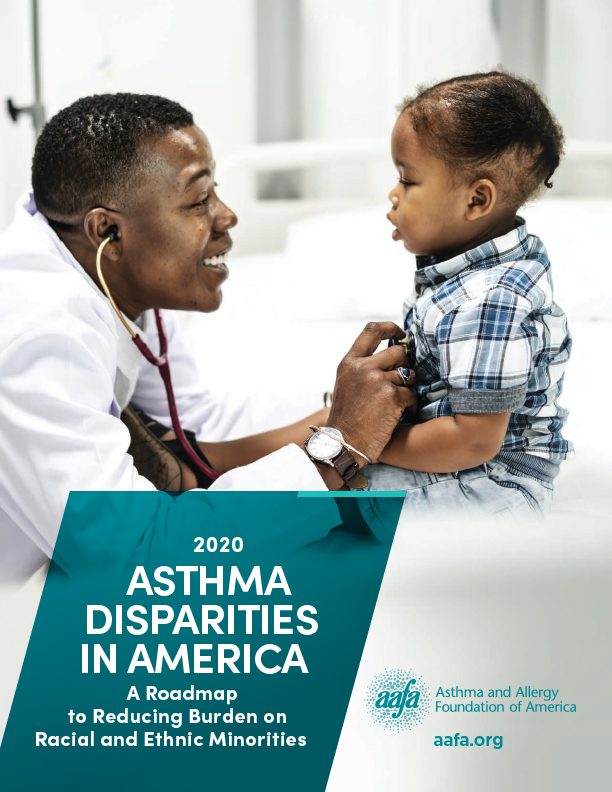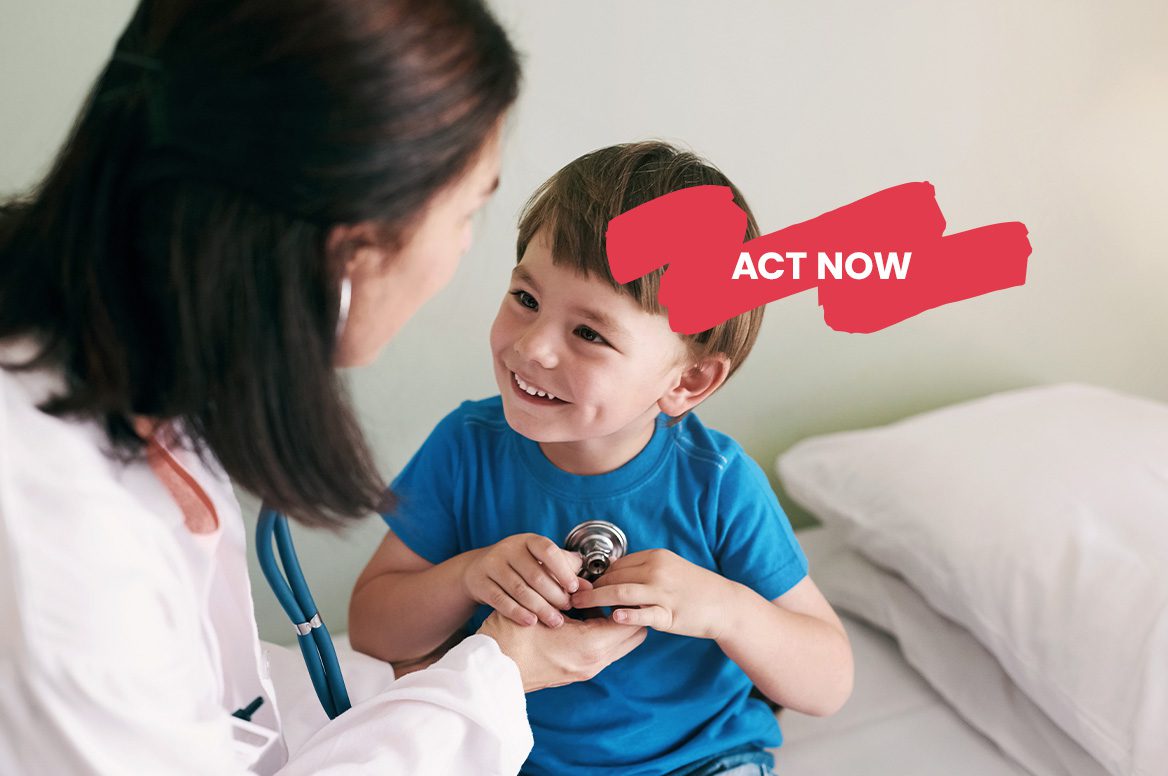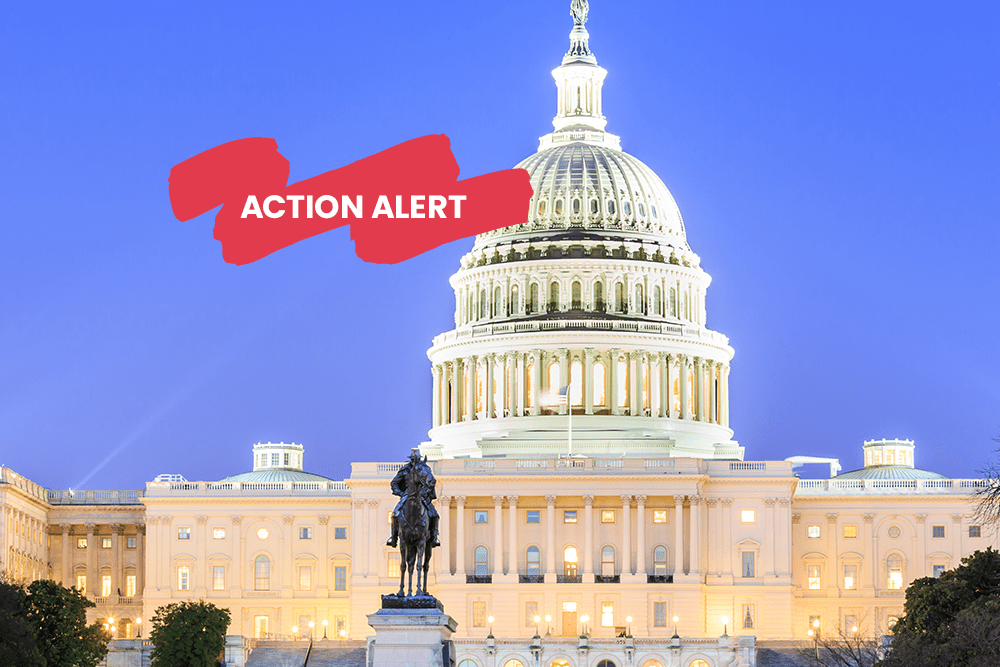Advocacy
Patient and Family Engagement
The Asthma and Allergy Foundation of America (AAFA) seeks to improve treatment options and protect quality of life for people with asthma and allergic diseases.
The Health Care World Is Changing
Much is going on in the health care world. Health and health care decisions are increasingly more complex. Public agencies (state and federal government) and private sector organizations (health plans and insurers) are exploring new ways to pay for health care. People with chronic conditions such as asthma and allergic diseases face economic pressures from rising health care costs. Many also face issues with access to clinicians and providers.In fact, care delivery and preventative services are no longer confined to clinical sites. Many providers are offering more convenient and personalized services. There are now new settings where health care is being delivered. Some physicians are making home visits. Many communities have urgent care clinics. Even grocery stores and pharmacies are involved with care delivery, with many offering vaccinations.
Patients Can Become More Involved in Their Care
With all of these changes, the role of patients, families and caregivers is evolving. Terms such as “patient engagement,” “patient-centered care” and “patient empowerment” are finding their way into the health care system. Uses and definitions of the terms vary.1 In general, though, they refer to patients, families and caregivers having an increased role and involvement in health, wellness and care-related decisions about health care.2Public policy is increasingly focusing on the role of people in managing their own health and health care in partnership with health care providers and payers. For example, some patients, families and caregivers can participate in aspects of care through patient and family advisory councils. One of the main purposes of these councils is to provide suggestions, feedback and input on how to improve the patient and family experience.
Patient Involvement Requires Health Literacy
However, the role that people are capable of playing in managing their own health care is dependent on their health literacy. Health literacy is the degree to which an individual has the capacity to obtain, communicate, process and understand basic health information and services in order to make appropriate health decisions.3,4,5 For example, choosing a healthy lifestyle, knowing how to seek medical care and taking advantage of preventive measures requires that people understand and use health information.AAFA encourages patients, families and caregivers to become knowledgeable and actively participate in their health and health care. This includes accessing, reading, understanding and acting on health information. It also includes working together with clinicians and providers to identify and select treatment options and providing feedback on the outcomes.6,7
Examples of patient engagement activities include:8, 9
- Accessing reliable and trusted sources of information10,11
- Improving your health literacy12
- Asking clinicians to use “plain language” to explain your diagnosis and treatments so that you can understand
- Increasing your understanding of your diagnosis and treatment options
- Making sure that your provider is communicating with you
- Becoming more involved in your care and care coordination
- Asking about costs and payment for treatments and medications
- Being familiar with your health insurance costs (premiums, copayments, deductibles, co-insurance)
- Knowing the difference between in network and out-of-network providers
- Voicing your opinions, perspectives and preferences to your clinicians
- Providing feedback about care as well as and follow-up treatment and care plans
- Asking about participating in patient and family advisory councils or groups
- Asking about participating in relevant research (such as clinical trials) for which you may qualify
Patient Access to Medical Records
Patients also have growing expectations about access to their health data and records. In fact, patients have a federally guaranteed right to see and get a copy of their medical records from most health care providers, including doctors, hospitals, pharmacies and nursing homes. Health plans are also required to provide this information. Plus, patients have a right to ask the plan or provider to provide this information electronically if the plan or health care provider is able to do so.
The Blue Button is another way to get health records electronically. The Blue Button Connector is a website that helps people get started in finding out about Blue Button and where they might be able to get their own health information online.
In addition, a federal law called the Health Insurance Portability and Accountability Act (HIPAA) Privacy Rule gives people rights over their health information and sets rules and limits on who can look at and receive their health information. The HIPAA Privacy Rule applies to all forms of individuals’ protected health information, whether electronic, written or oral. The Security Rule is a federal law that requires security for health information in electronic form. For more information about the HIPAA privacy rule, see: U.S. Department of Health and Human Services (HHS) Office for Civil Rights. Learn more about Privacy and Your Health Information, Your Health Information Privacy Rights, and the Right of Access.
Closed Accordion
Other Information and Resources
Guidelines for the Diagnosis and Management of Asthma (EPR-3)
Health Literacy: A Necessary Element for Achieving Health Equity July 24, 2015
National Asthma Education and Prevention Program (NAEPP)
Patient and Family Advisory Councils
Patient Centered Outcomes Research Institute
Shared Decision-Making Strategies for Best Care: Patient Decision Aids
National Academy of Medicine Resource Compendium for Patient & Family Leadership in Health Care
References
[1] Jennifer Gallivan, Katharina Kovacs Burns, Mandy Bellows & Carol Eigenseher
The Many Faces of Patient Engagement | Journal of Participatory Medicine| Vol. 4, 2012 | December 26, 2012 http://www.jopm.org/evidence/research/2012/12/26/the-many-faces-of-patient-engagement/
[2] IAN WORDEN The Path To Increased Patient Engagement Lies In The Definitionhttp://www.betterpatientengagement.com/2013/03/03/the-path-to-increased-patient-engagement-lies-in-the-definition. MARCH 3, 2013
[3] http://health.gov/communication/literacy/quickguide/factsliteracy.htm
[4] http://www.cdc.gov/healthliteracy/learn/
[5] http://www.hrsa.gov/publichealth/healthliteracy/healthlitabout.html
[6] Coulter A. Patient engagement–what works? J Ambul Care Manage. 2012 Apr-Jun;35(2):80-9. doi: 10.1097/JAC.0b013e318249e0fd .
[7] A New Definition of Patient Engagement: What is Engagement and Why is it Important? Center for Advanc ing Health 2010http://www.cfah.org/pdfs/CFAH_Engagement_Behavior_Framework_current.pdf
[8] https://marketplace.cms.gov/technical-assistance-resources/c2c-roadmap.pdf
[9] http://www.nih.gov/clearcommunication/healthliteracy.htm
[10] https://www.nlm.nih.gov/medlineplus/

Allergy Capitals
Your location can have an impact on your seasonal allergies. AAFA’s Allergy Capitals™ report looks at the top 100 most challenging cities in the continental United States to live with seasonal pollen allergies.












